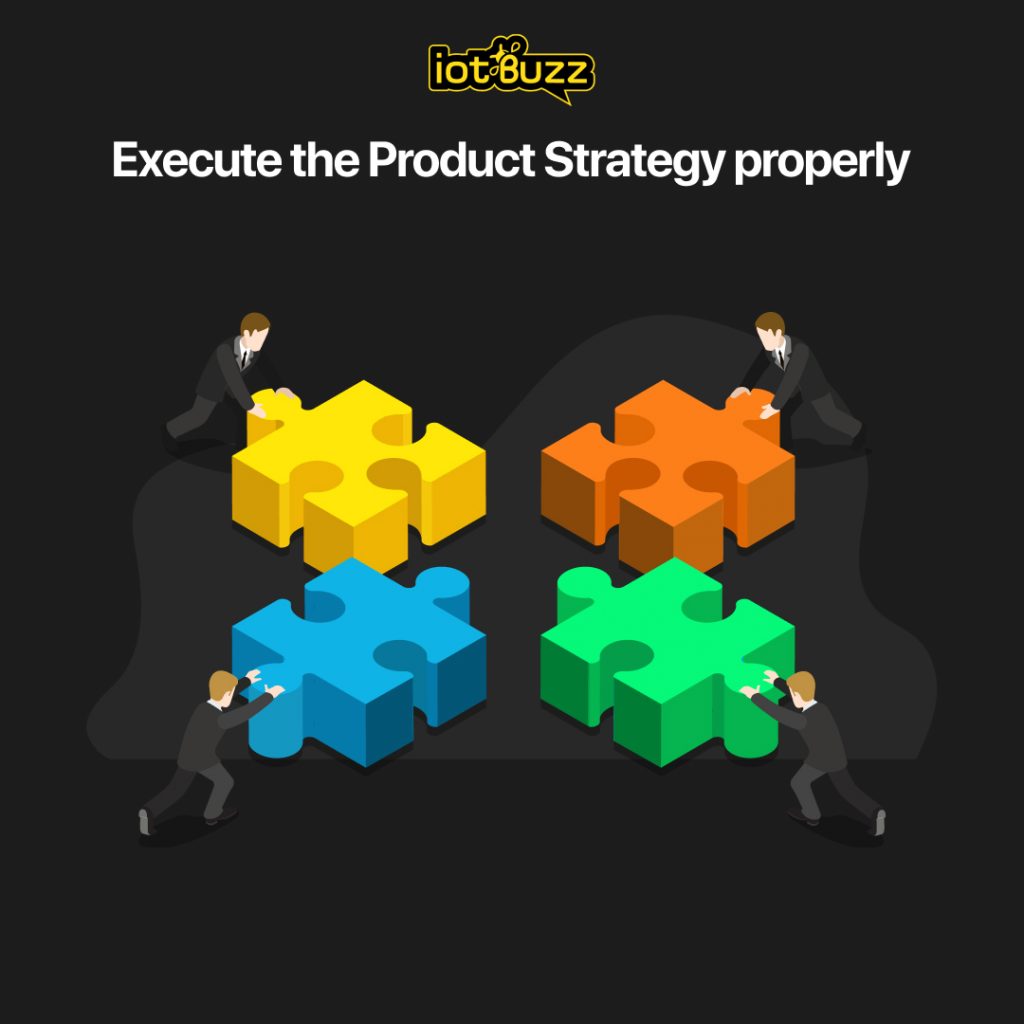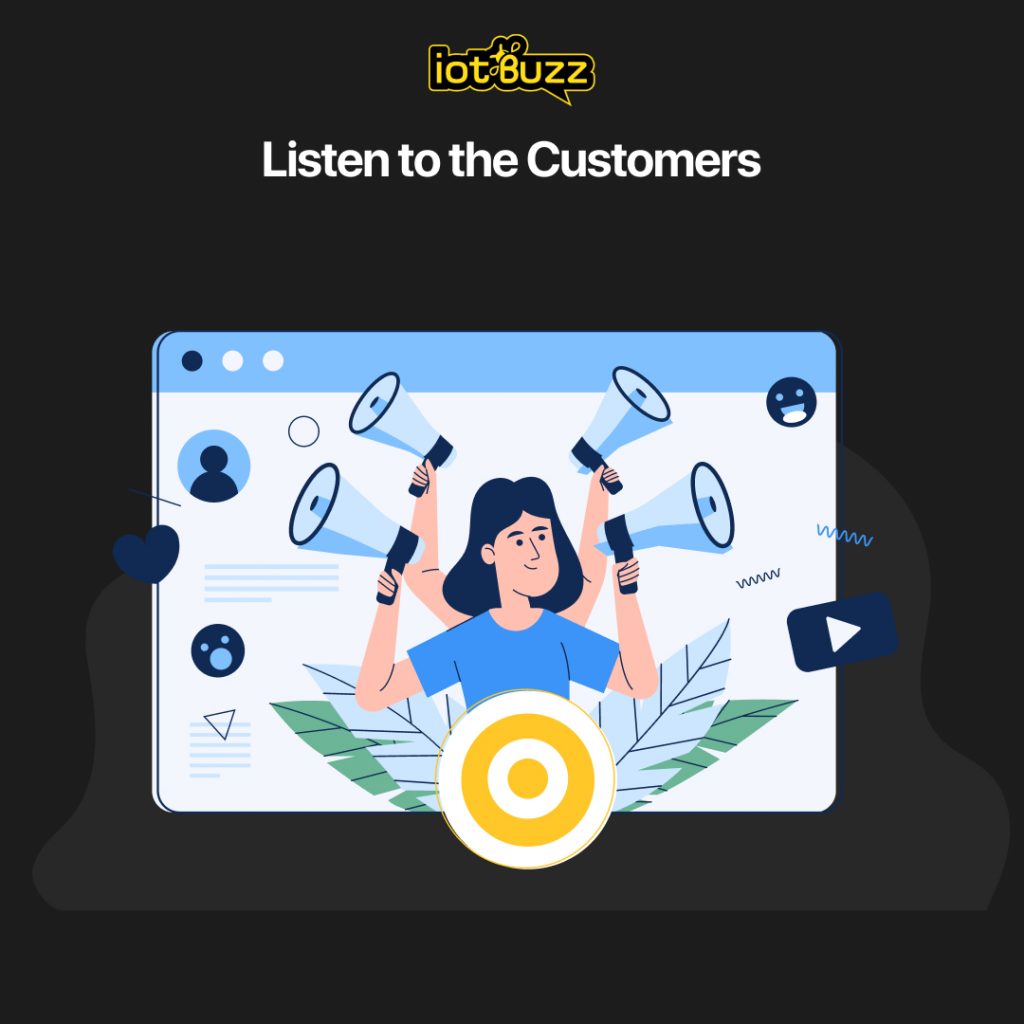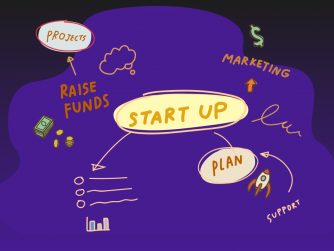
Microsoft.
The word means something to most of us, does it not?
For many of us, it was our foray into the world of PC.
In fact, I am one among the billion people worldwide who still use the Windows operating system for everyday work.
Microsoft Office, Xbox and now the ‘dead’ Internet Explorer, there is a lot that the word ‘Microsoft’ is synonymous with.
Microsoft dominates the desktop OS market and is undoubtedly a ‘tech giant’. But the company has had a fair share of failures. There have been embarrassing product releases, devastating missteps, and confusing marketing.
Learning from Mistakes
When giants like Microsoft launch products, every once in a while, there will be failures. This holds true for startups.
Alberto Savoia, Former Director of Engineering and Innovation Agitator at Google, in his book, The Right It, talks about The Law of Market Failure; of how most products will fail in the market, even if competently executed.
As founders of startups, many of us would be familiar with what Alberto says. It is easy to get it wrong when launching products than it is to get it right.
Success is not an easy feat to achieve. While failure seems to tag along quite easily.
When it comes to startups, the stakes are high. The launched products need to generate enough revenue to sustain the business. But that is not easy. Every step of the way is a challenge. Poor product-market fit, poor execution, unanswered customer needs, and staunch competition are just a few of those challenges.
Microsoft faced many of these challenges.
Some it overcame.
While some overpowered it.
Mistakes were made. Lessons were learned (or not).
Take my advice and remember that there are many relevant lessons that can be learned from Microsoft’s product failures. A startup in the entrepreneurial ecosystem can start with my 5 picks for starters.

1. Focus on the Product Market Fit
Remember Zune? I don’t!
Heard of iPod? Of course, we all have.
Zune was in a way a Microsoft-branded iPod.
Customers were already on their way to Apple Stores to buy their iPods when Microsoft released its competitor, Zune.
Zune came with unique features: it came with a Wi-Fi chip (before iPod); it had Zune Pass (a $US15 ($21)/month all-you-can-listen subscription service with 10 free song downloads/month); and Zune HD was one of the first devices with an OLED display.
However, it failed to address the problems customers might have had with the Apple device. For starters, it was bulkier than iPod. It did not have the same apps and accessories ecosystem. And its video codec support was restricted.
Zune failed to achieve the product-market fit. For a startup to achieve a product-market fit it needs to have a market with a substantial number of real users who are interested in paying actual money for the product.
The failure could have had a number of reasons. If there’s any learning to take from this failure, then it is that a start-up needs to focus on the product-market fit. That can be done by ensuring:
- that you’re solving the right problem
- that the cost of change is not more than the benefit
- that the market size of your solution is big enough
The problem with achieving the product-market fit is a major one to have. Remember to adapt your product regularly so as to fit the ever-changing needs of the market.

2. Iterate Quickly
Quick iteration is vital for the success of any tech startup. In fact, not just a startup, it is true even for tech giants. A lesson Microsoft learned the hard way. And most likely, the lesson came with a hefty price tag.
Launched in 2010, Windows Phone was Microsoft’s answer to iOS and Android. This was a simple, easy-to-use smartphone OS that was much more responsive than any Android phone at the time. What stood out for these phones was the Metro interface, the colorful live tiles that updated regularly to display relevant information.
Companies like Samsung, HTC, Dell, and LG released headsets powered by Microsoft’s OS. And not to forget, it was supported by Nokia Lumia 808 Pureview with its 41MP camera, some of the best hardware available at that time.
What was the problem you ask? Windows Phones lacked apps. Microsoft couldn’t get developers to port their apps over to the OS. Ask anyone who bought their Windows Phone and they’ll tell you how owning the phone meant missing out on Instagram and YouTube (I know, right?).
People needed features and unfortunately for the Windows Phones, the apps weren’t coming fast enough. Windows Phone died a slow gradual death in 2020.
When it comes to developing technology, a tech startup can either pioneer, incrementally improve, or maintain what exists. Quick iteration isn’t just a catch-phrase and works much like Darwinism. If you want to succeed, take this as a lesson. Remember that the ‘quick iteration’ model of development requires a tech startup to
- have a priority list of updates and features
- choose the ones with the highest priority
- build and test the prioritized features
- release new features and updates to customers
- collect and analyze user feedback
- use the feedback to iterate
The tech market is a crowded marketplace and there’s so much competition that you can be outcompeted at any minute. Your window of opportunity in the market is really small. Use it wisely.

3. Execute the Product Strategy properly
Bad designs, questionable UI/UX, lack of quality control, feature creep, overall sloppy implementation: a lot can go wrong when executing the product strategy.
Not just one but many of Microsoft’s product failures can be attributed to poor execution.
Remember Bob? He was a big yellow smiley face assistant; a software product with a gamified user interface. Bob and his pet dog, Rover were meant to help novice computer users navigate Windows.
This UI addition that was intended to make PCs more beginner-friendly relied on technology most users didn’t possess at the time—and that resulted in the product not functioning properly. In fact, it was heavily criticized for using an overly complex interface.
Windows Vista had a similar issue. It used so much power that most users found it unusable. Vista also created other problems when using the Internet, including slow-loading pages and missing graphics. Just four months into the launch, Microsoft allowed Dell to sell computers with an older version of Windows pre-installed. Recipe for disaster, is it not?
Product failure is nothing new. Happens with Microsoft and can happen with any other startup for that matter. This is where the idea of iterating and pivoting comes into play. As a tech startup keep the following in mind when executing the product strategy properly:
- talk to your potential customers before defining your product strategy
- develop a product vision before mapping out your product strategy
- define your product goals
- use the product goals to guide your roadmap
- check in with the vision to ensure you’re on track
When developing a product, it is very easy to get pulled along and stray. As a startup, remember to step back, review the product vision and strategy that you had decided on, and make sure that your initiatives and priorities align.
Microsoft learned how to improve on some of the problems with Vista in the later iterations of its OS. If something falls short, it’s never too late to address the problem, iterate and try again.

4. Conduct Market/Industry Research
Market/ Industry Research is a prerequisite when it comes to launching a successful new product.
Not only does understanding who you are serving help you develop a valuable product, it also helps define how you position and market your product in the industry.
Tackling problems that are interesting to solve rather than those that serve a market need is a sure shot way to guarantee failure. A case in point are the virtual home assistants that characterize modern life. Amazon sells millions of Echos, and Google is making a strong effort to catch up with Google Home. Then there is Amazon’s Alexa and Apple’s Siri.
On paper, Cortana looked like a success due to the millions of users who had access to it by simply owning a Windows PC. In practice, nobody was talking to it. In fact, Microsoft is shut out of the market for home assistants because Cortana isn’t drawing any attention. The nature of consumer products today is that almost nothing will be successful unless it is the default on a mobile device and Cortana fails on that end.
As a startup founder looking to launch a new product in the market, do not overlook market research. Market research helps you ensure that your product idea addresses the actual needs of your real customers. Here are the steps to keep in mind when conducting market/industry research:
- understand your market/industry
- target your customer
- work on a Unique Value Proposition
- plan your marketing strategy
- test your product
- roll out your marketing campaign
- monitor your product lifecycle

5. Listen to the Customers
While the tech industry was becoming cooler and hip for consumers, Microsoft was going downhill.
I read somewhere that Microsoft makes products that some of us need but a few of us love.
The demise of Internet Explorer is the result of Microsoft failing to listen to customers. While competing browsers like Mozilla arrived with more features, faster loading speeds, and support for international web standards, Explorer, as if, had been left out to dry by Microsoft.
Then there was the Windows 8 debacle. There was much talk about the UI looking similar on desktop computers and mobile devices. In reality, the UI was what customers did not like. And the consistency between phones and computers did not matter much to the customers because what mattered was the interaction between computers and Windows Phones and that ended up becoming weak.
I started this by saying how I used Windows, so I will try and end with Windows, especially how, I, as a consumer, hate installing Windows updates. Every single time I see the message on the screen read, “Do not turn off your computer”, turning off the computer is all I want to do. The endless swirling on the screen drives me to the ‘hulk angry, hulk smash’ mode. I don’t trust Microsoft to update without causing me problems.
In a consumer-driven world, failure to address consumer needs is a big mistake. Feedback from customers is key to developing a product that solves their problems. Without listening to customers, you will not know if your product is delivering value or not.
The various failures in Microsoft’s product history may repeat if it doesn’t make marketing to consumers a priority. As a startup founder, you cannot afford to make this mistake. And so, learning from that, as a startup founder, focus on the following:
- understand customer needs (from both potential and current customers)
- in case of a product failure, ask customers which aspect of your product fell short of their expectations
- understand how your users behave
- be careful to not make incorrect assumptions about your customers
If you constantly talk with your customers, you’ll uncover insights that can help you make sure your product fits the needs of your target market.
To conclude…
Product failures are more common than you’d think. Products fail all the time. They fail for startups with seed investments. They even fail for tech giants like Microsoft. There is, however, much to learn from the mistakes.
Aerion Technologies and CRINNAC have used many of these lessons and have a history of helping non-techs build better tech. This partnership makes us uniquely suited to address not just the software but also the hardware needs. Reach out and we can all build a successful product. (well, that sure is the plan, huh?)







